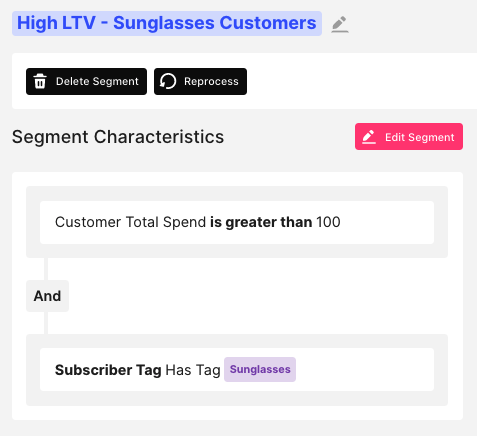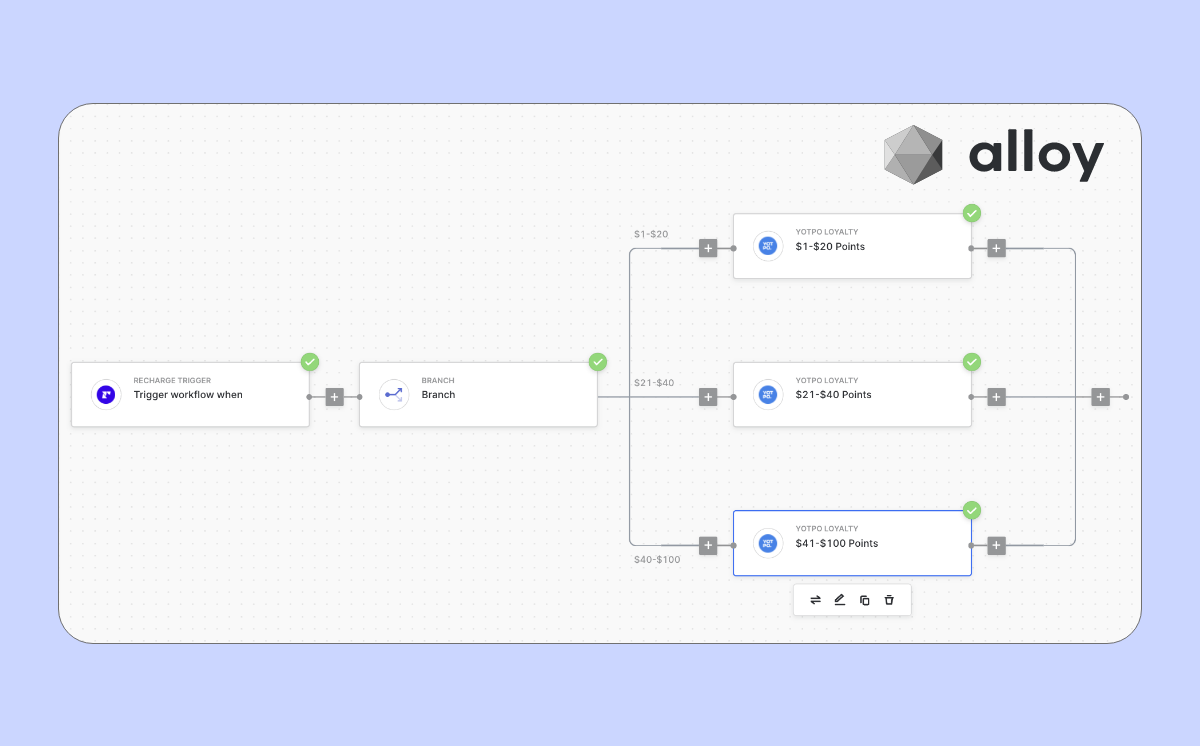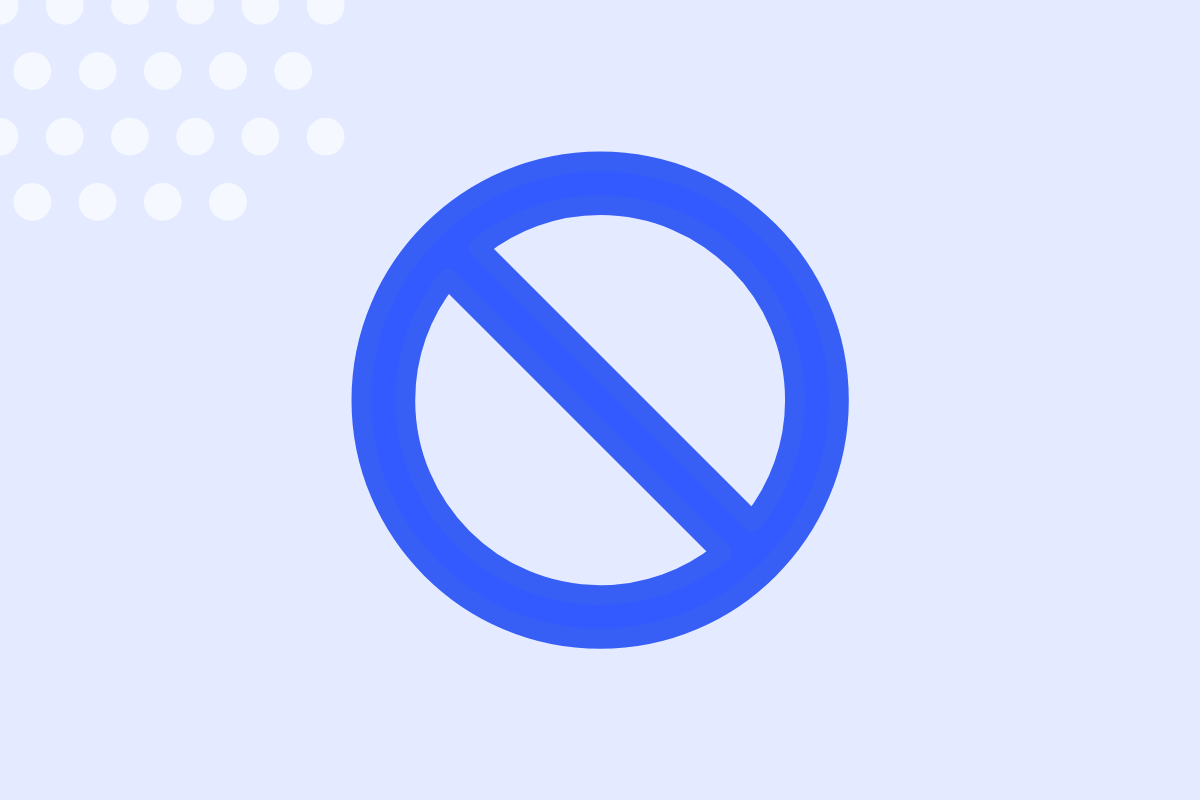Email marketing is one of the most powerful tools in a brand's toolkit to connect with customers and sell products.
With more brands going online and moving away from brick-and-mortar stores, customers are moving online to buy whatever they need. Email marketing is a way to spread the word to customers, advertise new products and build brand loyalty.
Email marketing is so important that some news outlets have called it the only guaranteed delivery option the Internet has left.
So, just what makes email marketing important for eCommerce businesses? 🤔
Why is email marketing important for ecommerce?
1. It’s the most effective channel for reaching customers
Perhaps the most convincing reason eCommerce brands should use email marketing is that it actually works.
Think about how you are with your own email. You probably look at your inbox over breakfast and check it a couple more times throughout the day. When you do, emails from brands you've purchased something from in the past advertising upcoming sales or product launches are probably there.
You're not alone here—According to Statista, 52% of people check their inbox every couple of hours!

That 1-on-1 connection over email is what sets it apart from other marketing channels. If you send an email to a customer, there’s a 79% chance (minimum!) that it'll reach them. It's even more impressive that emails have an average open rate of around 30%.
One reason behind email marketing effectiveness is how well it covers the entire customer journey:
- Lifecycle emails. Automated emails like welcome emails, thank you messages, cart abandonment emails and even personalized messages like happy birthdays!
- Transactional emails. Emails that are automatically triggered by the customer’s actions. These include order confirmations, shipping updates and purchase receipts.
- Bulk emails. Campaigns that are sent to your subscriber list, either as a single email or as segmented messages. These emails will include things like new product announcements, weekly newsletters or seasonal sales.
Brands can hook people in with welcome emails and entice them with killer offers and discounts. After they’ve purchased something, email marketing can help turn them from one-time customers into lifetime brand loyalists.
2. It puts money back in your brand’s pocket
This could come as a shock, but all that Facebook, Google and Instagram advertising brands pay for?
The ROI has got nothing on email marketing. Out of all the marketing channels out there, email gives brands the best bang for their buck, with every $1 spent on email marketing bringing in around $42 in return.
There are a couple of reasons behind this.
With all the scrolling and distraction on social media channels, your customers can easily miss your advertising messages. But if you send them an email, it'll always land in their inbox. And if your campaign is on point, they'll also open and read it.
The second is that customers have actually asked (or agreed) for you to send them emails.
Customers need to opt-in to an email marketing list, and if they do, it’s because they really do want to hear from you. A HubSpot study found that consumers opt-in to email marketing lists for many different reasons, like getting discounts, reading content or getting important company updates.
Popup forms come in many shapes and sizes. You can embed them as an inline form or set them to intelligently pop up when a customer is scrolling through your page. A tool like Sendlane lets you design custom popup forms to collect any information like websites and names you need for future email marketing campaigns:

Even the humble abandoned cart email has its place and can add huge ROI to any marketing campaign.
Lots of your customers will (digitally) window shop in your store, throw something in their cart—and abandon it. Following up with automated abandoned cart emails can recover these potentially lost sales. In fact, sending three abandoned cart emails can result in 69% more orders and claw back any missed revenue.
//[inject:ad-demo]
3. It’s easy to customize and personalize for your target audience
Marketing automation tools make it insanely easy to customize every email you send out to a customer.
And that's a good thing because customers now expect their emails to be personalized. 72% of customers will only engage with a brand's messaging if its personalized. 41% of consumers say they would switch brands if they felt a lack of personalization.
Personalizing customer communication doesn't have to be rocket science. Including your customer's name in the email is an easy one. But there are lots of other ways you can personalize your messages to them, like:
- Focusing on past purchases. What have they bought from you in the past? Is there a sale you’ve got coming up that has similar items? They would probably love to know about it.
- Sending them content they will love. Are you tracking how they’re interacting with your website and other email messages? This should give you an insight into what material on your blog they love reading so you can send them more. Sendlane’s tags allow marketers to create multivariable segments and send hyper-targeted emails. Want to send out an email only targeting customers who have recently purchased sunglasses and spent a $100 minimum? With Sendlane’s tags—it’s done!

- Adding a CTA that speaks to them. Are you using different messaging on loyal customers and people who haven’t purchased anything from you yet? A customer who has been buying from your site for years should be offered VIP discounts and given early access to product launches. Messaging for potential customers should focus on getting them back to your checkout. Personalizing the CTA of your email can do just that.
Personalizing emails to include all of this can be time-consuming if you don't have the right toolkit. However, an email marketing automation tool allows you to tag and segment your audience and send them automated sequences. Not only will this save you a ton of time, but it'll also make every campaign more efficient.
Email subject lines are a perfect example of this.
Personalizing it will give you a 50% higher open rate. Making this small change in an automated email marketing sequence can be done by simply adding a merge tag, and it’ll potentially make a huge difference to the overall impact of your campaign.
Using a tool like Sendlane, you can personalize emails to fit your ideal customer journey. For example, personalization tags help you customize every message, so it'll resonate with your audience. These tags pull information from your customer's contact profiles (like their address, name, or location). You can even add custom tags, so emails target specific industries or buying behaviors.
Tapping into this data means every message that lands in your customer's inboxes are relevant to them.
//[inject:ad-ebook-segmentation]
4. It’s easy to measure and track marketing campaign effectiveness
Of all marketing efforts, email marketing is one of the easiest to track in terms of profitability and success.
Measuring email marketing campaigns allows you to:
- Track statistics. Like open, click-through and conversion rates to gauge how your audience likes your messaging and offers
- Measure bounce, spam complaints and unsubscribe rates. This is essential to monitor how healthy your subscriber list is and if your messages are hitting the mark with your customers (hint: if they're unsubscribing or marking them as spam… it's not good!)
- Monitor list growth and overall email engagement. Helpful to see how popular your messaging is with new customers and whether you are keeping their attention
Marketers can test and measure everything, from email open rates down to what links have been clicked.
For eCommerce brands, this data is a goldmine for figuring out what messaging connects with your audience and what's falling flat. For example, if a Summer sale email campaign shows low click-through rates, your CTA might not have been clear enough or your offer may not be enticing enough to draw customers to the checkout. If your emails aren't getting opened at all, the subject lines may not be grabbing their attention.
Sendlane’s data analytics dashboard automatically tracks campaign metrics so team leaders can check every email's performance and ROI in real-time.

Every campaign launched in Sendlane tracks audience engagement, revenue breakdowns and deliverability. eCommerce brands can use this data to tweak campaigns and improve them if they’re not hitting performance benchmarks.
Once you launch a campaign, Sendlane tracks clicks, revenue and replies through individual reports. Using this information, you can see when customers engage with your emails, which links they click and even what device they use to read them. Here’s an example:

These metrics give you an instant idea of what campaigns are getting better open and click-through rates and highlight those with low engagement rates. The data can then guide you to make any changes and get the low-performing campaigns back up to scratch.
With Sendlane, you can even get a snapshot of how your five latest campaigns are doing without having to dig into each one individually—super helpful for marketers running more than one campaign at a time!
Pro-tip: Since the release of iOS 15, marketers can now track new data like revenue-based + subscription-based segmentation, click and revenue/event-based segmentation and even unsubscribes/complaints from campaigns. The new changes give marketers new ways to track KPIs and get a better understanding of customer engagement. Learn about how they can help your next campaign here.
5. It supercharges brand awareness and nurtures loyal customers
Email is one of the best tools in a marketer’s toolbox to build their brand and turn customers into lifetime fans.
Think about it. A marketing campaign that has the power to reach every customer's private inbox is, well, pretty powerful. Marketers can use email to create a community. Personalized messages help customers feel like they belong somewhere and, in some cases, that they're part of an exclusive club.
This is where email marketing comes into its own. A well-designed campaign can nurture a relationship between brand and customer and use personalized messages and offers to make them feel like they're part of a bigger family.
These emails can go beyond mentioning a customer’s name in the subject line or email copy. The best nurture campaigns speak to the needs and desires of your customers—showing them products they love before they even realize it.
Check out this example from Public Rec:

It’s not your typical nurture email. Instead of going for the easy wins like using the customer’s name, Public Rec cleverly inserts its brand into the customer’s buying choices by using phrases like “our best sellers, your new favorites”. The clothing that's been specifically recommended for the customer is then shown to them so they can start thinking about if it’s a good fit for their wardrobe.
If your customer loves what they see, it’s proof that your brand is listening and learning from their buying behaviors and that you care about their style. And nothing builds trust and loyalty in a brand quite like understanding your customer’s deepest wants and desires.
Wrapping up
Marketers should always prioritize email for one reason—it’s the perfect channel to nurture customers.
It’s good for selling products. It’s ideal for welcoming new customers. And it’s the channel that gives your marketing messages the best chance of getting seen.
Crafting successful email marketing campaigns takes a little planning, and it’s important not to overload customers with messages as it could come across as spammy. But if you get personalization right and monitor campaign metrics, emails can boost your online revenue more than any other channel in your marketing toolkit.
Ready to rev up your email & SMS strategy? Start your free 60-day trial and take Sendlane's eCommerce marketing automation tools for a test drive!

%20(1).png)




%20(1).png)
.jpg)


.jpg)
.jpg)


.jpg)





.png)



.png)





.png)


.png)

.png)
.png)

.png)
.png)

.png)

.png)


.png)
.png)
%20(1).png)
.png)









.png)











.png)
.png)

%20(1).png)

%20(1).png)



.png)


























.png)











































.jpeg)



.png)



























.png)



.png)

.png)

.png)
.jpeg)


.png)













.png)

.png)










.png)












.png)






































.png)



.png)

.png)

.png)
.png)

.png)
.png)

.png)

.png)

.png)




.png)




















